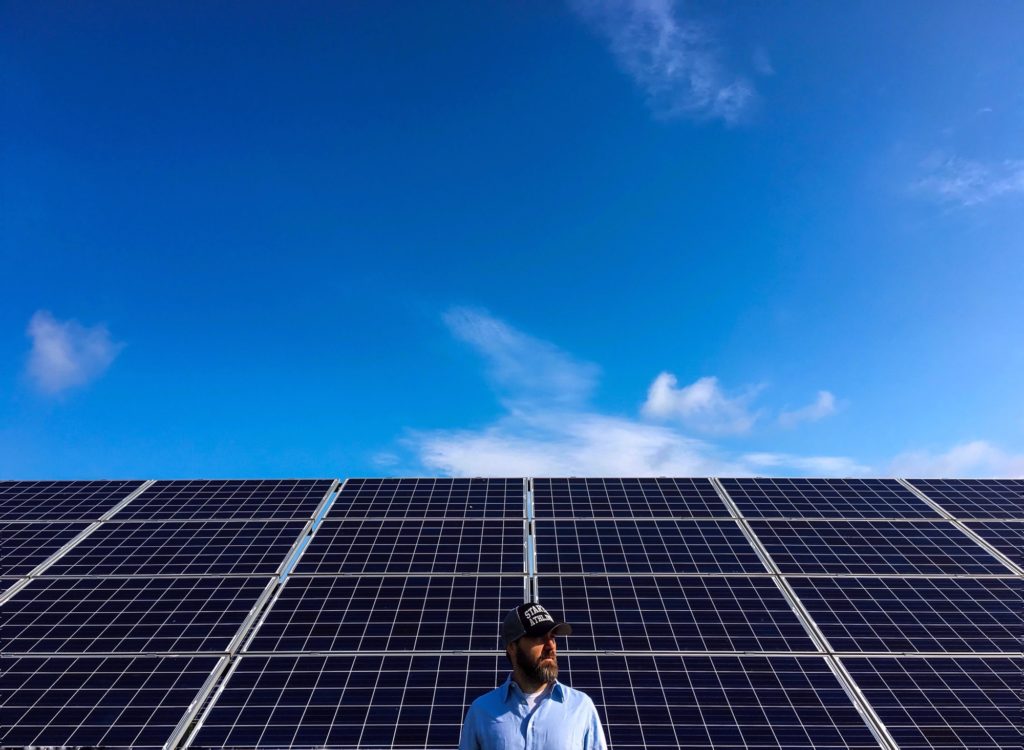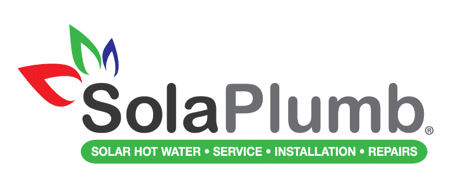Solar power systems aren’t complicated, yet you need to do some research before purchasing one to ensure you make the right decision.
Here’s some Solar power system basics.
Solar power systems capture photons emitted by the sun. These photons then transfer to a semiconductive silicon material lying underneath the solar panels. This material facilitates the flow of electricity around your system.
Therefore, resulting in power generation. While that’s how solar power systems generate energy, there are several other factors to consider. Solar power systems come in many different forms and configurations.
Each of which delivers tailored performance benefits based on your energy consumption. To learn more about some of the solar power systems available on the market, continue reading.

Solar Power System Basics 101
The amount of power your solar system generates is dependent on the number of solar panels in use. The size of your home is the main factor that determines how many solar panels should go up on your home.
Since all solar power systems are different, they generate energy at varying levels. So, it’s essential to determine your current energy use so you can find a system that can keep up with your demands.
Solar power systems need more than just solar panels for operation. They require a multitude of components to achieve the level of energy production you desire.
Here are the typical components of solar power systems:
- Mounting equipment
- Solar panels
- DC-to-AC inverters
- Power meters
- Disconnection switches
- Tracking mounts
- Fuse & wiring box connections
The cohesive operation of all these parts together generates the energy you use from the system.
Choosing the right solar system for your home
Solar-power systems come in two primary forms. They are mono and poly. These terms are short for monocrystalline and polycrystalline. Mono solar panels use a single piece of silicon for energy production.
Poly solar panels, on the other hand, use multiple pieces of small silicone formed into a single energy cell. The only main difference between the two is that poly solar panels tend to produce energy much less efficiently than mono solar panels.
While these are the two primary solar panels types available now, more technologies are coming onto the market.
People Also Ask
Q: Can you power a whole house with solar panels?
A: yes, you can power an entire home using only solar panels. But, the number of solar panels needed and how you should set them up will vary.
Q: What is the best solar panel system for your home?
A: SunPower, Panasonic, and LG all make great solar panels for home energy production. But, there are more options for you to choose from.
Conclusion
Use all of the information in this article to ensure you choose the best solar power system for your home. As long as you do, you’ll be able to enjoy sustained power at a reduced cost.
Finding The Right Assistance
Finding the right company who knows how to maximise the energy production of solar systems is simple. Call the solar experts at Solaplumb on (07) 5391 4255.
Use all of these tips to start maximising the energy production of your solar system today!


